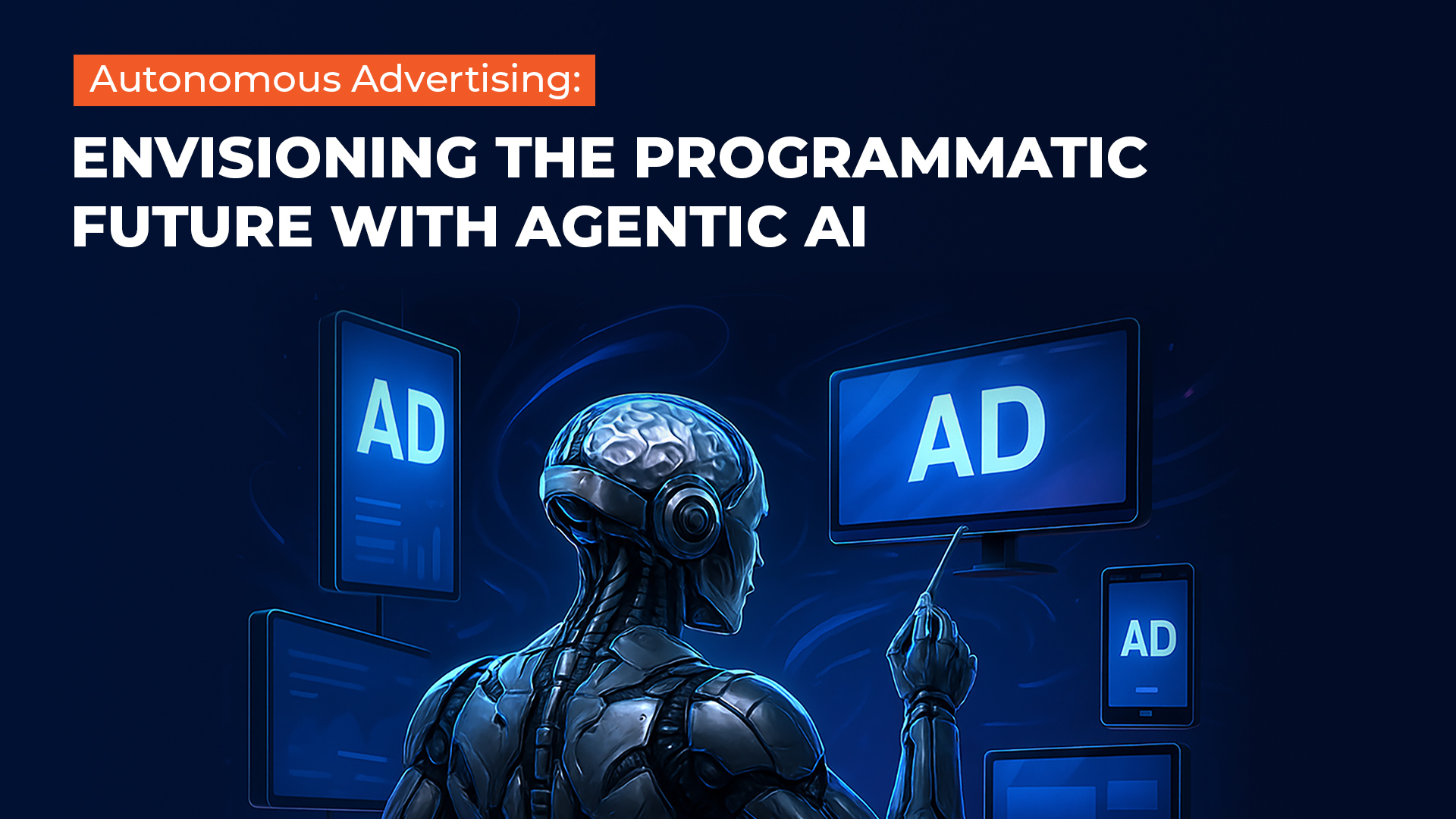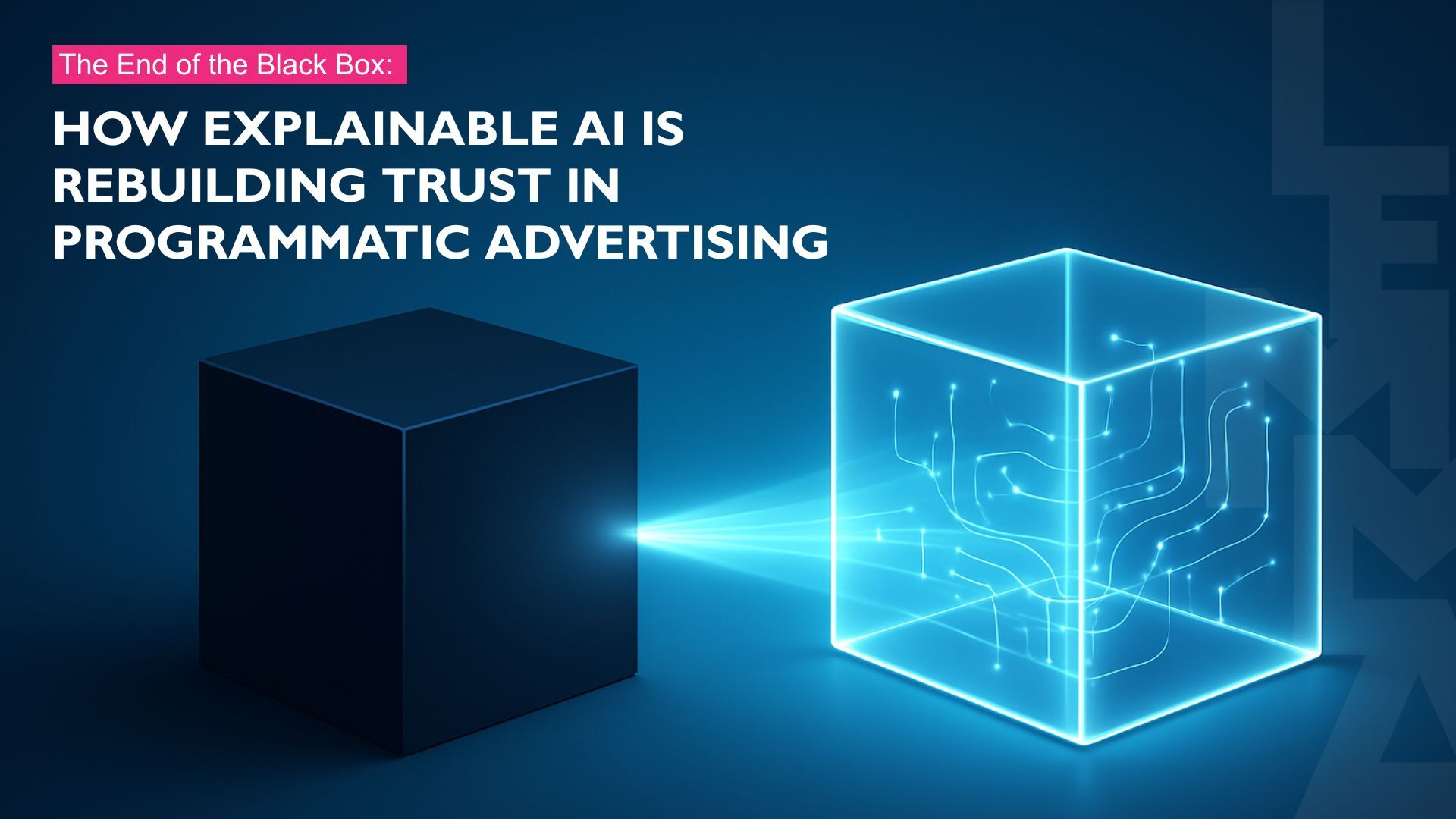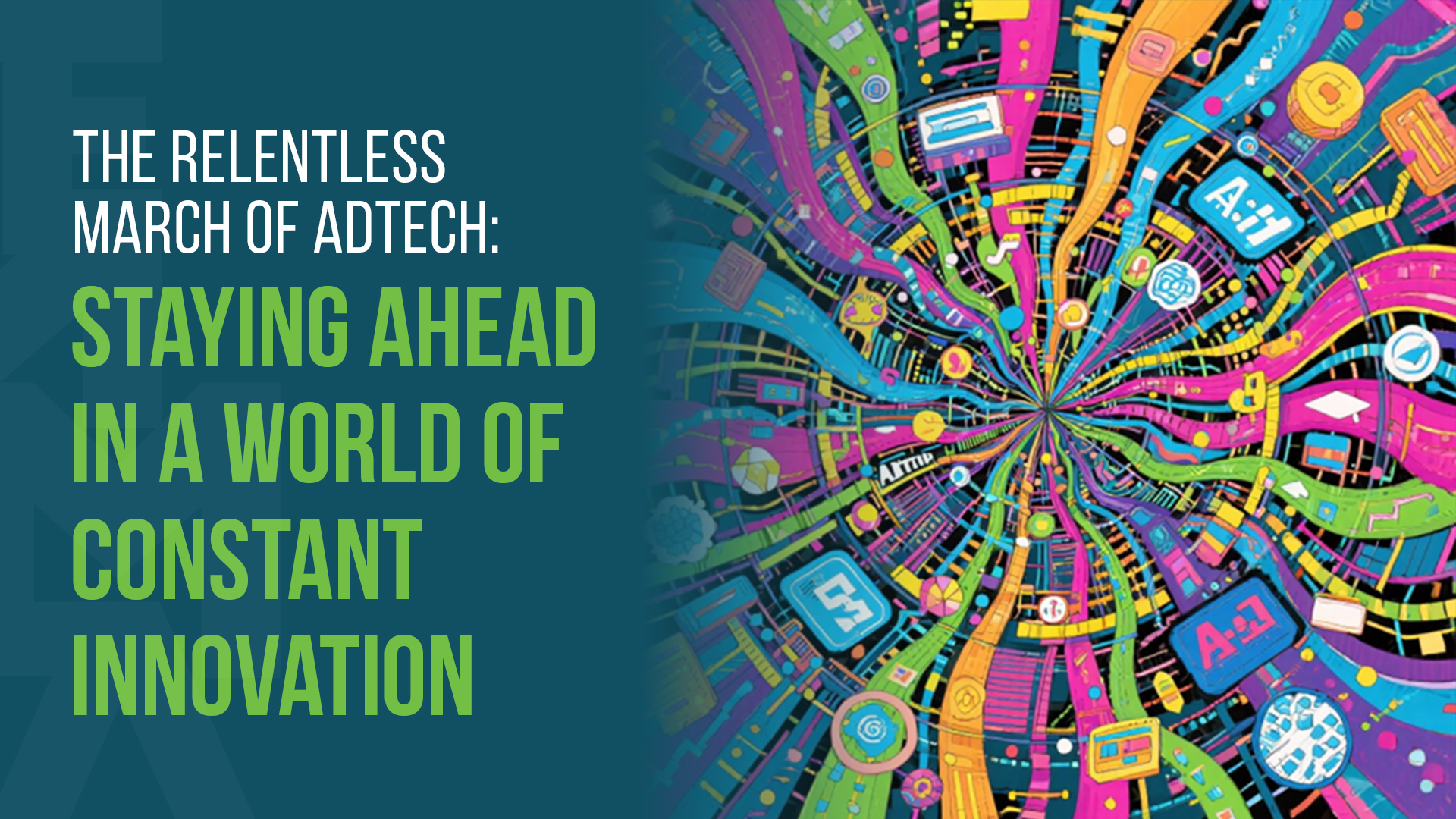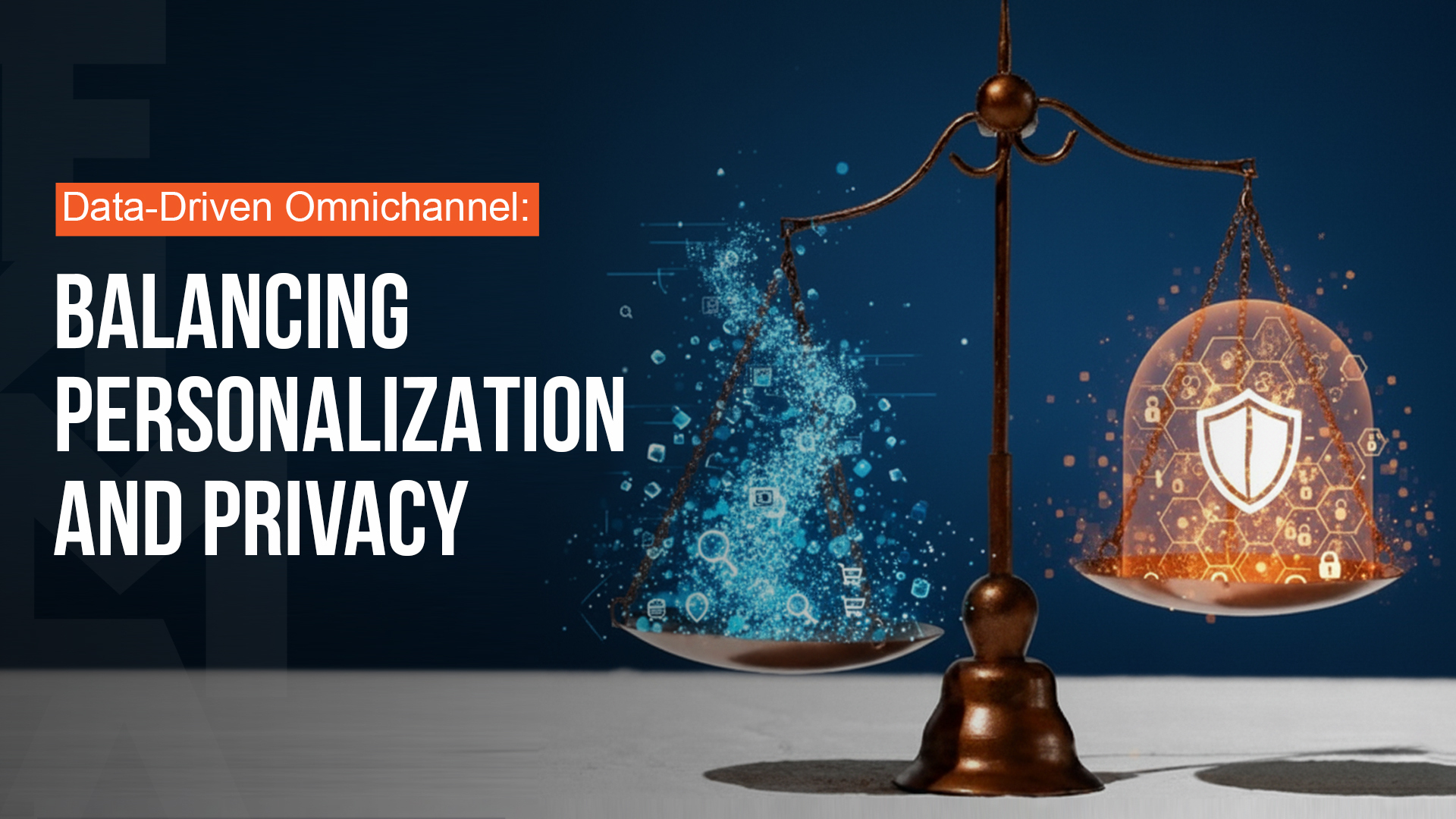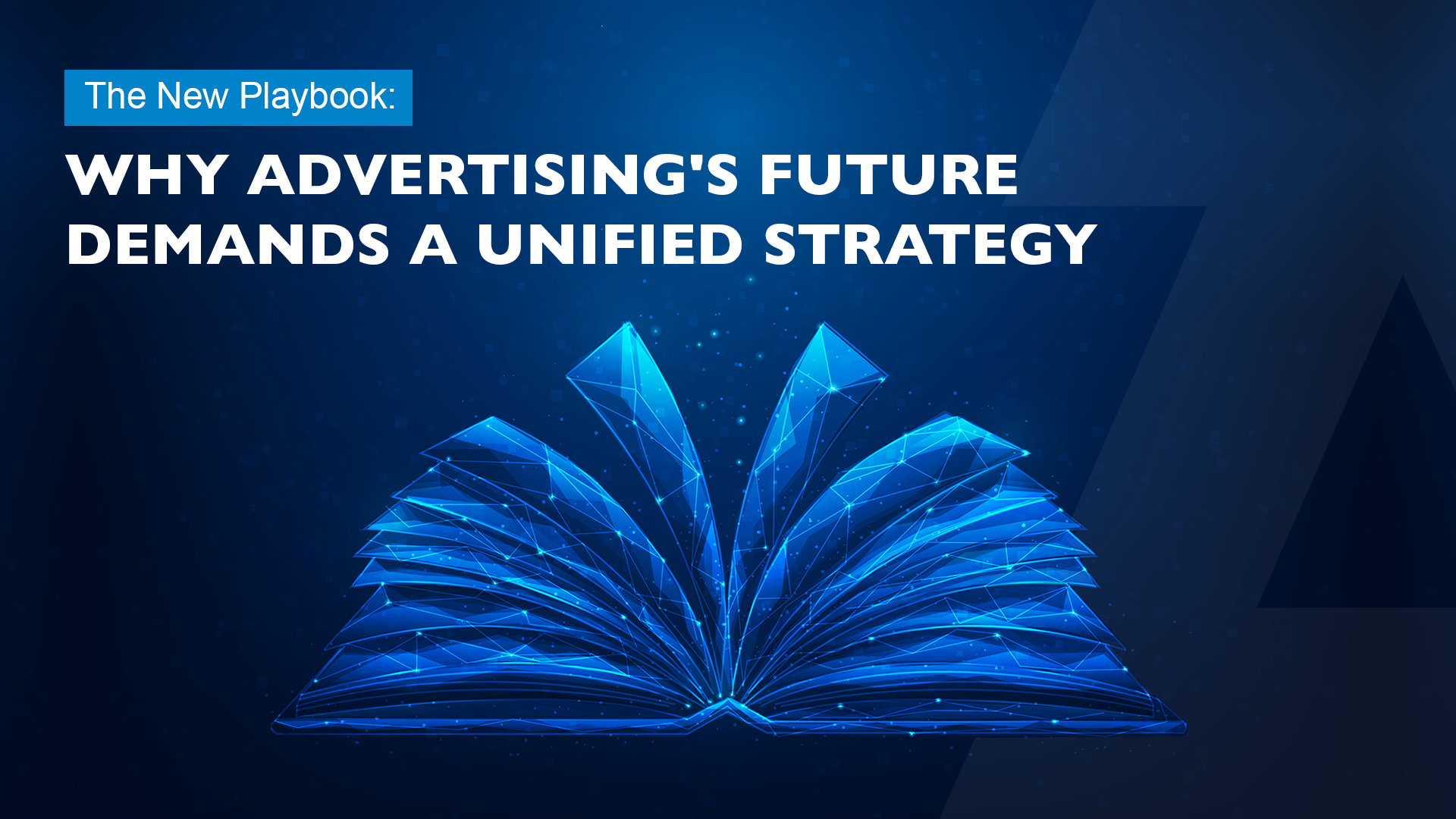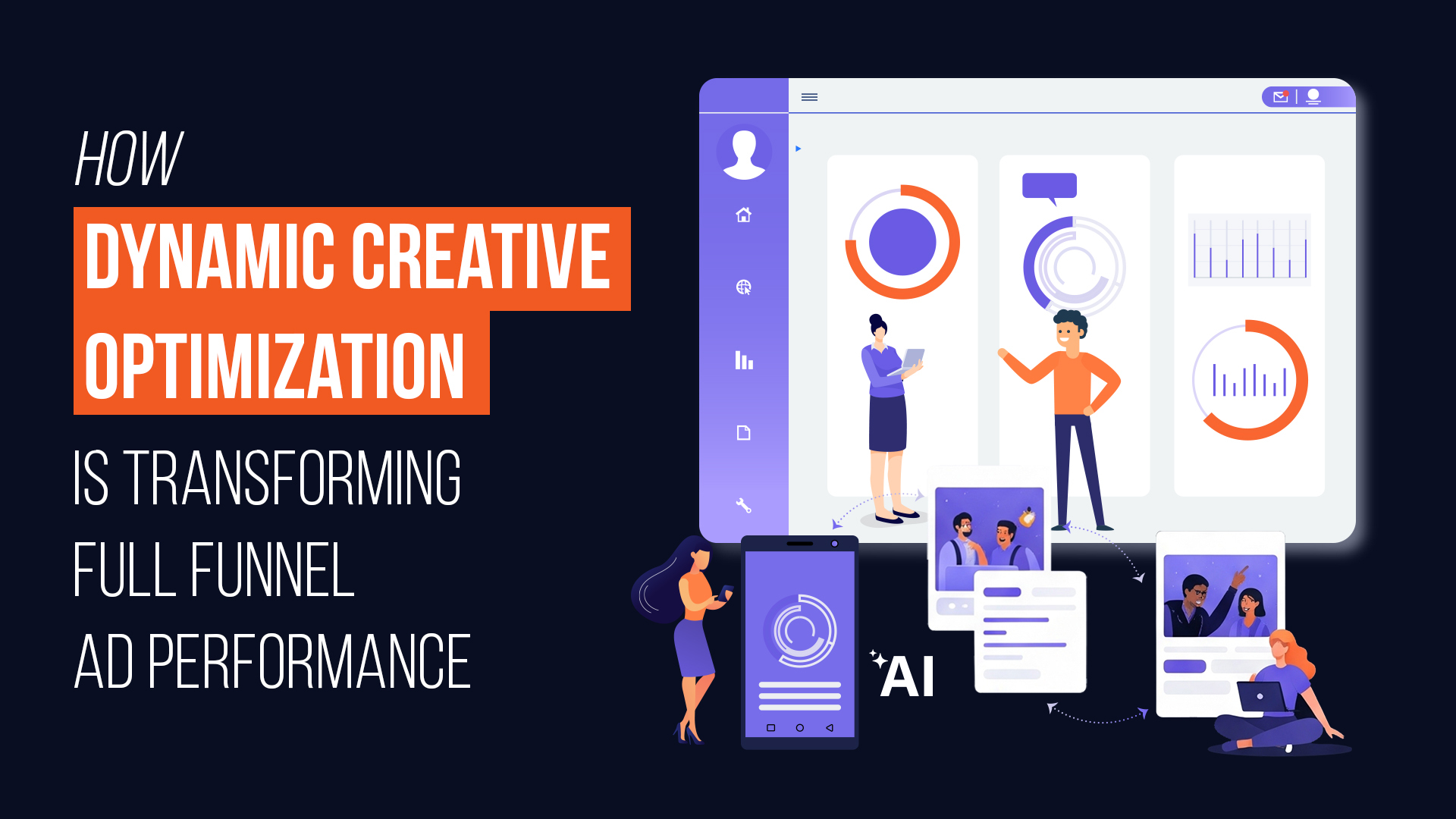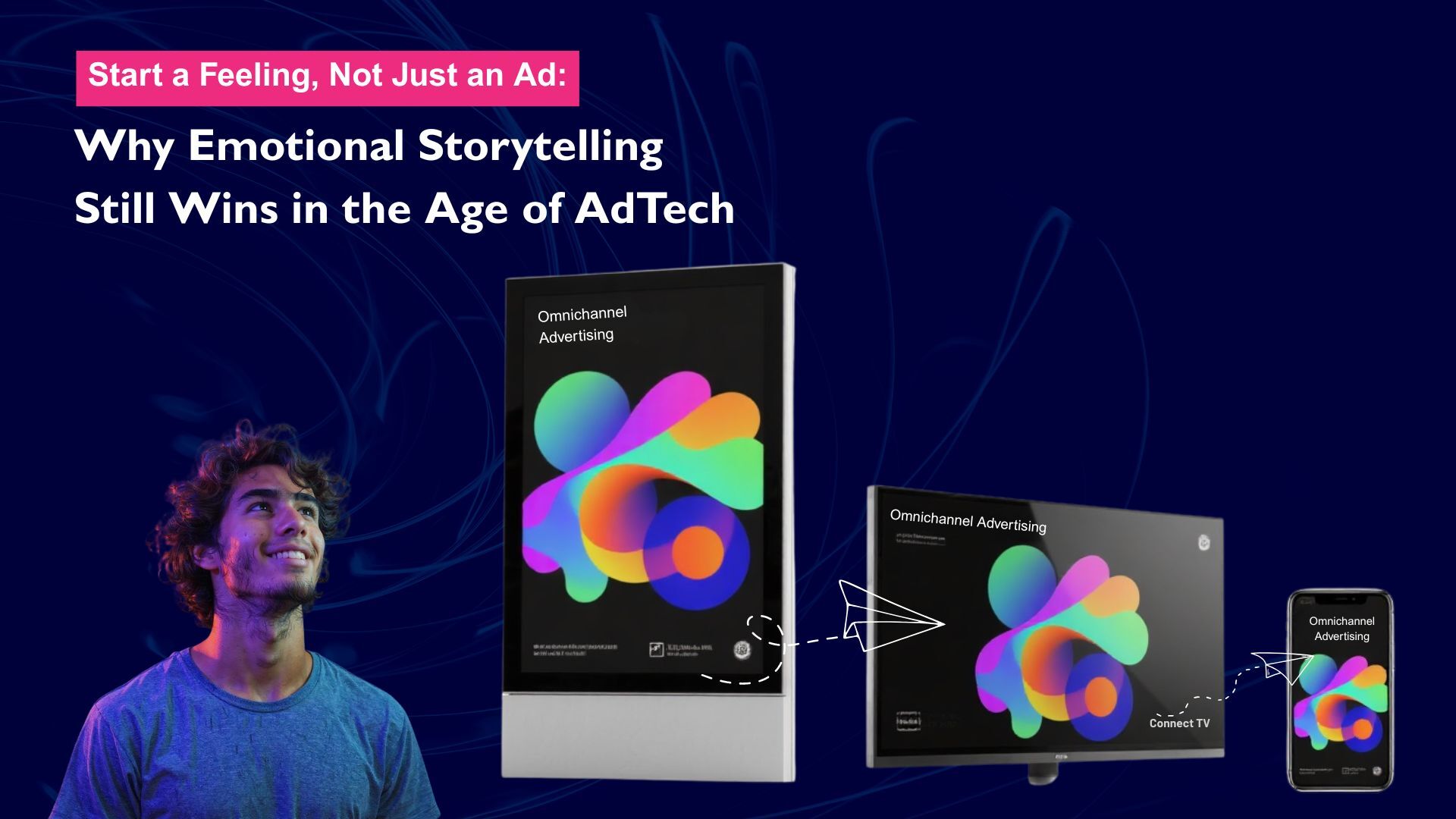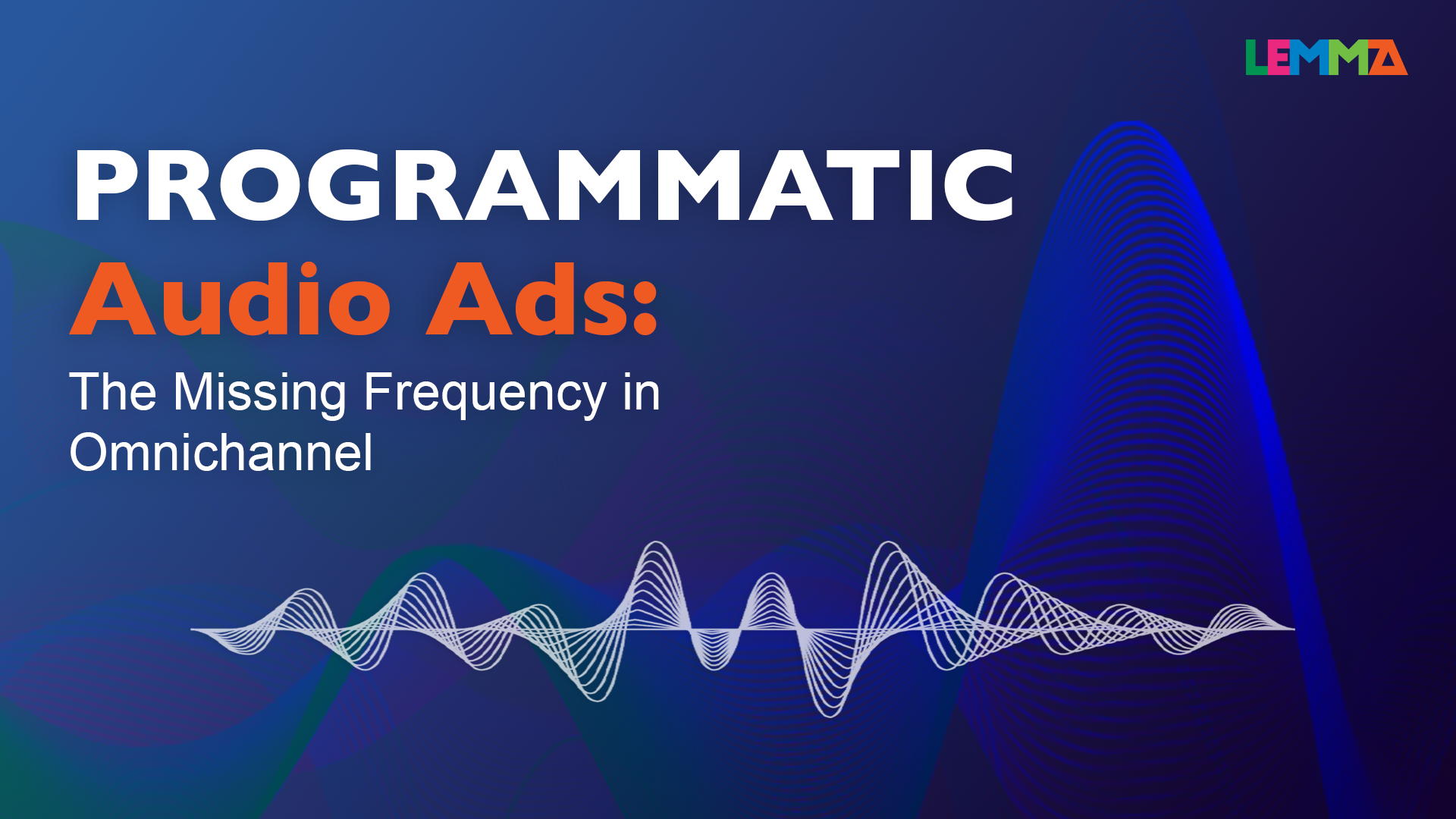The advertising world has always chased the next big leap: from broadcast to digital, static to dynamic, manual to programmatic. Today, we find ourselves on the brink of yet another transformation. Not just automated advertising, but autonomous advertising. And driving this shift is an emerging intelligence that’s being called Agentic AI.
In 2025, conversations at industry events like POSSIBLE Miami have already started nudging this concept into the spotlight. It’s early, yes—but the signs are clear. As brands and media platforms begin to imagine what’s next, the concept of intelligent agents that can plan, execute, and adapt campaigns with minimal human intervention feels more real and necessary than ever.
Understanding Agentic AI: Not Just Smarter, But More Independent
Agentic AI goes beyond traditional machine learning models or rule-based automation. It doesn’t just act when told but it sets goals, makes decisions, learns from feedback, and optimizes itself. And it’s not a fringe concept—Gartner forecasts that 33% of enterprise software will embed Agentic AI by 2028, up from under 1% in 2024. This pace of adoption shows how rapidly brands must prepare for AI agents that think and act independently.Think of it as a self-driving car for advertising. You tell it where you want to go (your campaign goal), and it figures out how to get there and maybe even finds a better route on the way.
This is different from what we see in today’s programmatic advertising, which still requires humans to define logic, tweak budgets, or analyze what’s working. Agentic AI could one day manage the entire loop: goal-setting, planning, execution, and iteration in near real time.
DOOH 2.0: When Screens Start Thinking for Themselves
Imagine walking past a digital billboard that seems to understand its environment. A DOOH screen on a busy city intersection doesn’t just play scheduled ads rather it observes. It sees the rush hour crowd, feels the shift in weather, senses the demographic shift between morning and evening. And based on those live inputs, an AI agent decides that a coffee ad will resonate more at 8 AM when it’s raining so it plays it more frequently. No human needed to monitor or update.
This is not about personalization at an individual level. It’s about hyper-contextual intelligence, where content dynamically aligns with real-world triggers to capture the moment. The result? Campaigns that feel less like noise and more like relevance.
CTV Reinvented: Smarter Ads That Adapt to Attention
Connected TV (CTV) has already redefined how brands connect with audiences on the big screen at home. But with Agentic AI, CTV could become not just addressable, but adaptive.
Picture this: A viewer watches a streaming show, and their engagement drops during the first ad break. The AI agent detects this drop-off and, in a later pod, serves a different creative or formats the message differently based on learned behavior, not static targeting. Over time, the agent learns what holds attention and sequences content accordingly.
It’s more than targeting demographics, it’s about understanding behavior in context and adjusting delivery in the moment. The implication? Greater emotional resonance and sustained attention, achieved autonomously.
Orchestrating the Journey: Multi-Screen, One Brain
Perhaps the most exciting possibility is this: What if these intelligent agents didn’t just manage DOOH or CTV individually but could coordinate across both?
Picture this: a commuter glances at a DOOH screen showcasing a sleek new electric vehicle. That moment isn’t just awareness, it’s the start of a conversation. Later that evening, while watching their favorite show on CTV, they’re served a thoughtfully sequenced video and not just about the car, but how it compares to others they’ve shown interest in, based on subtle intent signals. No cookies, no CRM syncs. Just an AI agent linking intent signals across screens and progressing the narrative seamlessly.
In essence, Agentic AI paves the way for coordinated, full-funnel storytelling — where strategy, execution, and optimization are handled by a single, intelligent system.
Looking Ahead: Promise and Practical Hurdles
The evolution toward intelligent, self-directed advertising systems is as complex as it is promising, demanding cross-functional readiness and oversight.
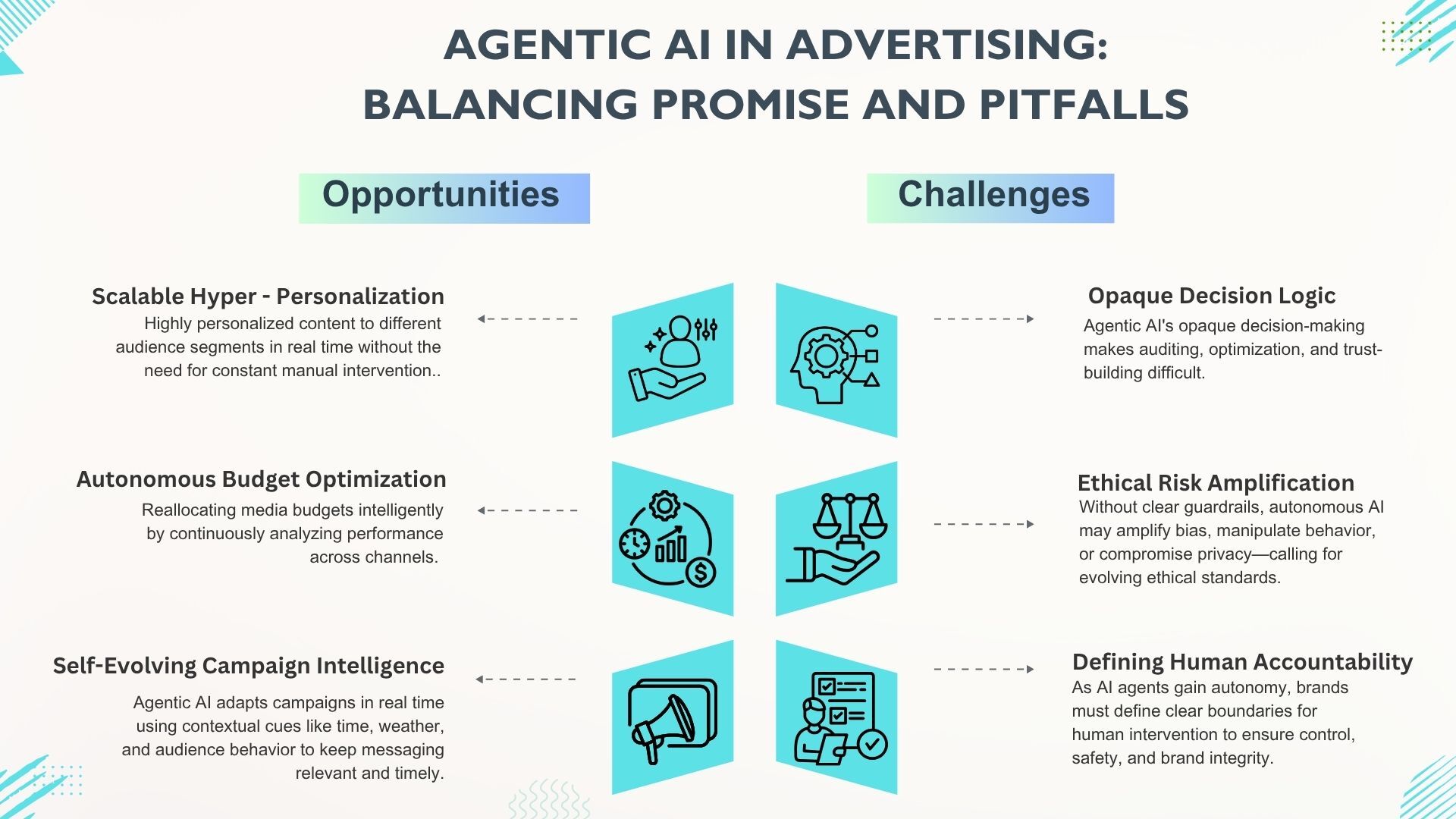
Agentic AI may be driven by technology, but its true impact will be shaped by the choices we make creatively, ethically, and operationally.
Conclusion: Where Emerging Media Meets Evolving Intelligence
At Lemma, we don’t just follow trends, we help shape them. As a leader in emerging media, especially in the dynamic and fragmented worlds of DOOH and CTV, we recognize that while fully autonomous campaigns may not be mainstream yet, the foundational shifts are already underway through smarter, AI-powered contextual delivery, real-time optimization, and seamless full-funnel storytelling.
As we move toward this new paradigm of autonomous media, AI-powered systems, the brands that remain curious, experimental, and ethically grounded will be the ones that define what comes next.
